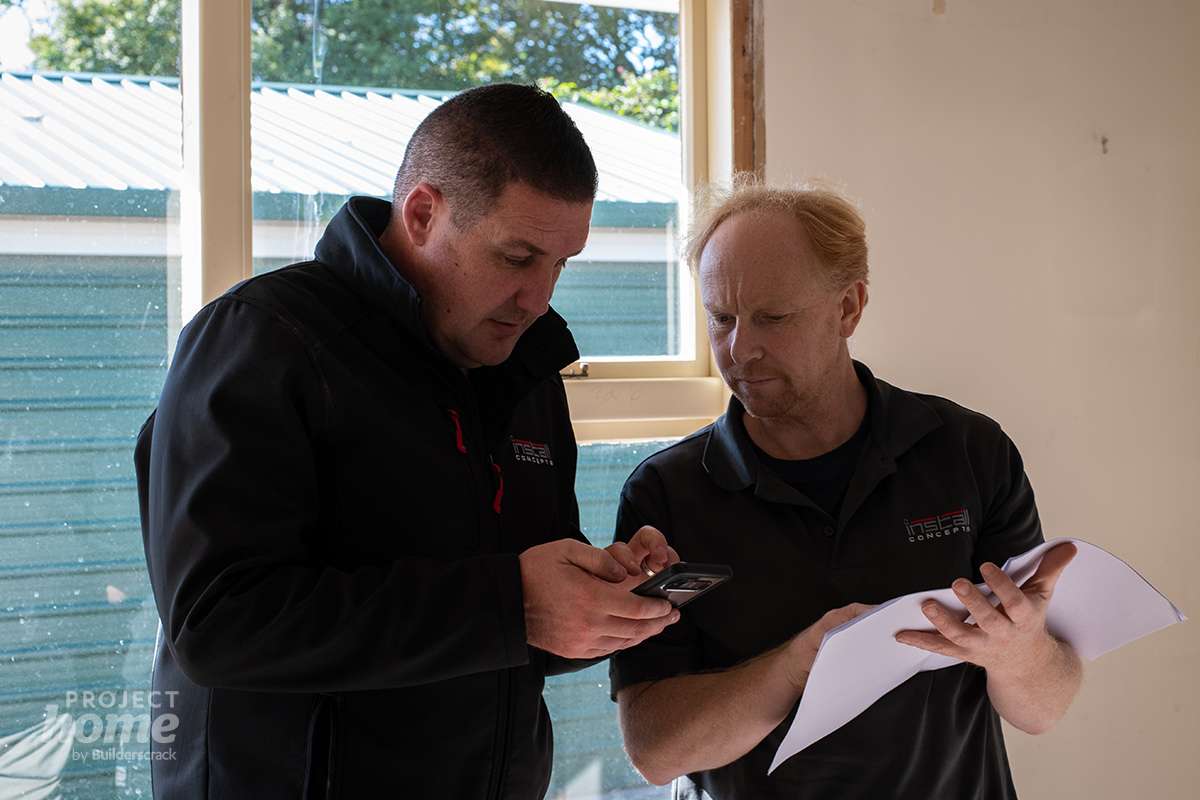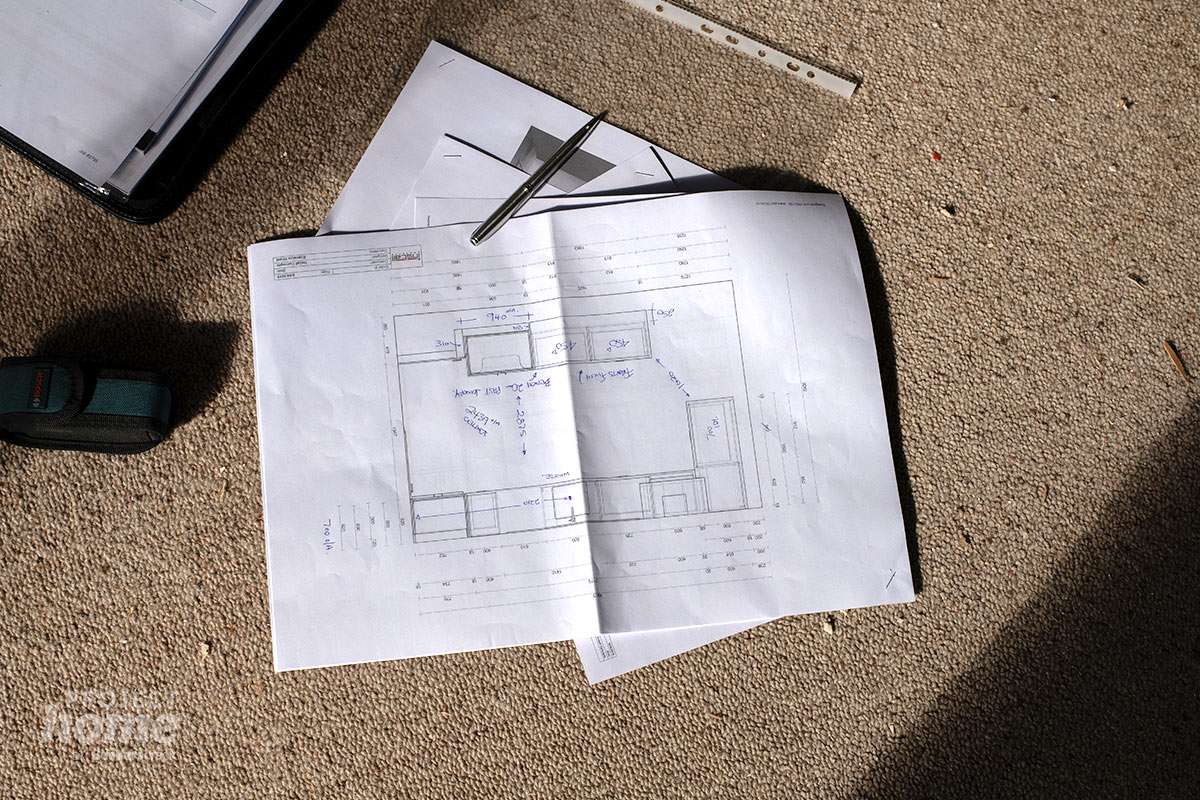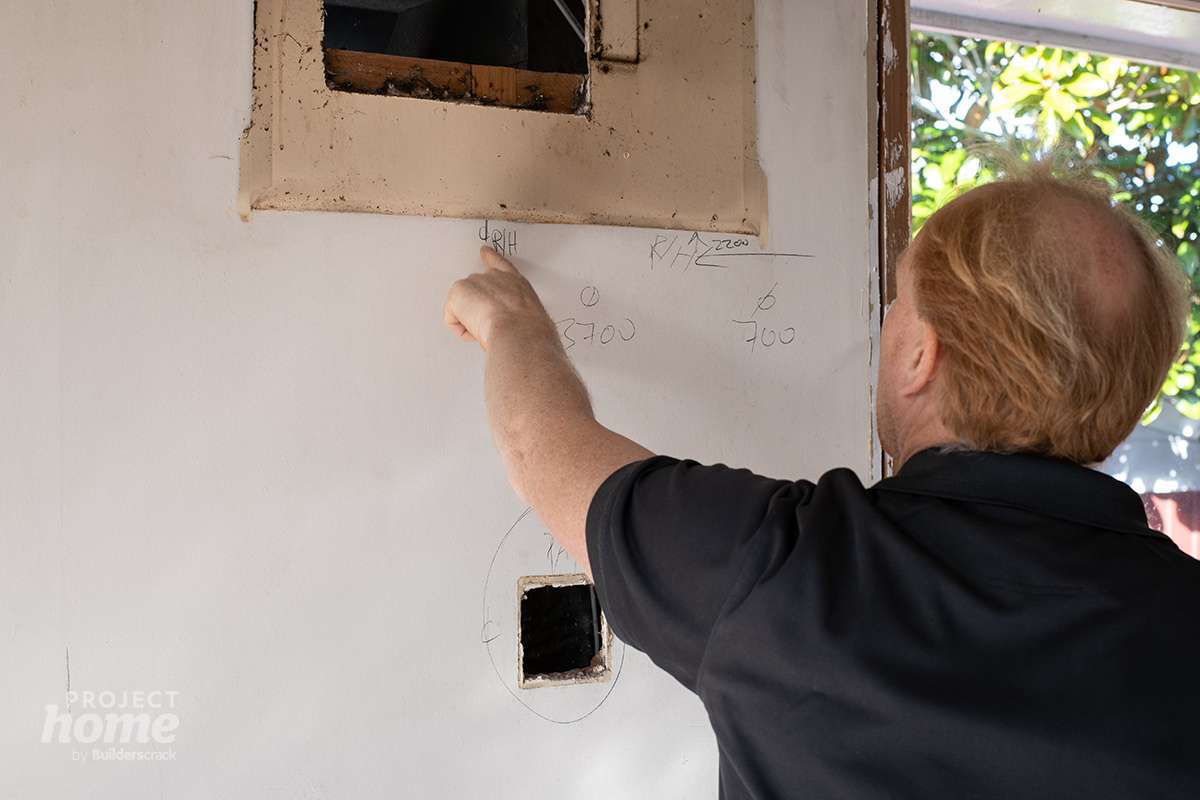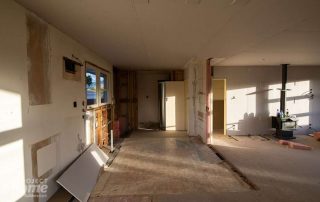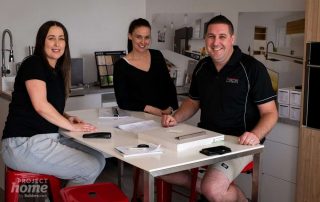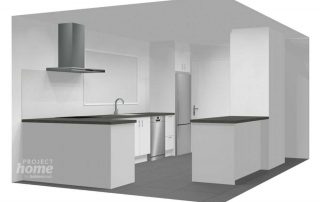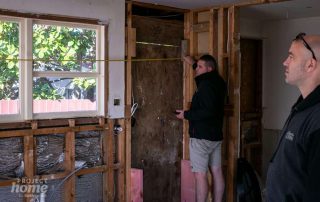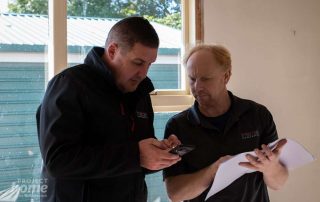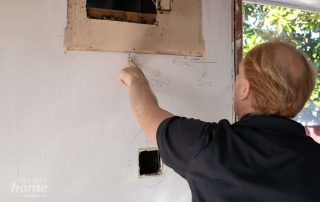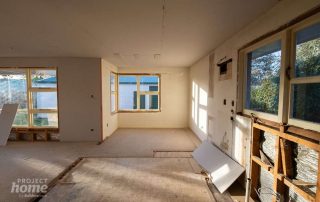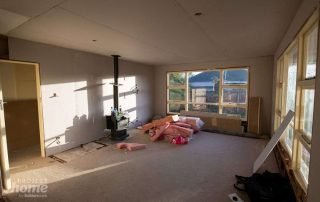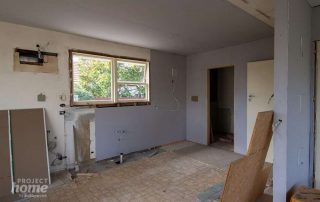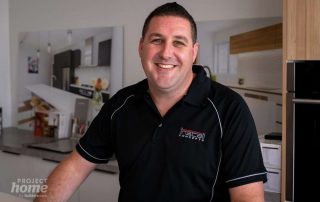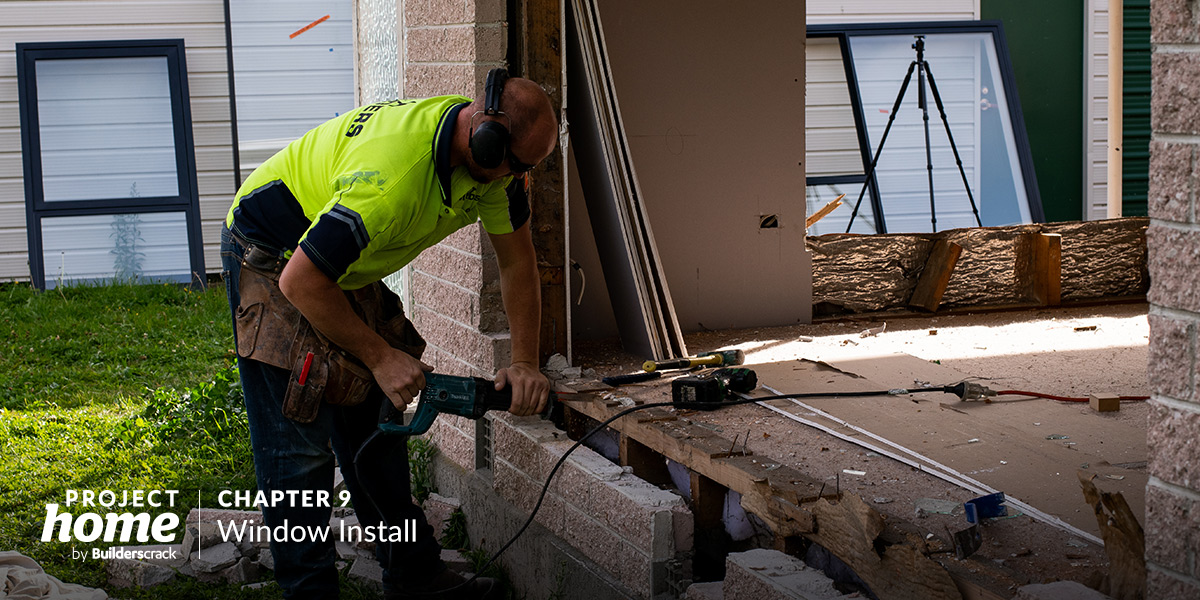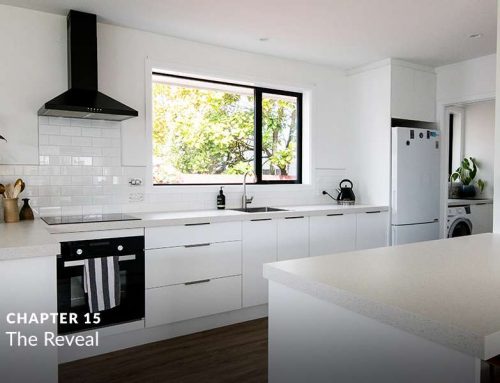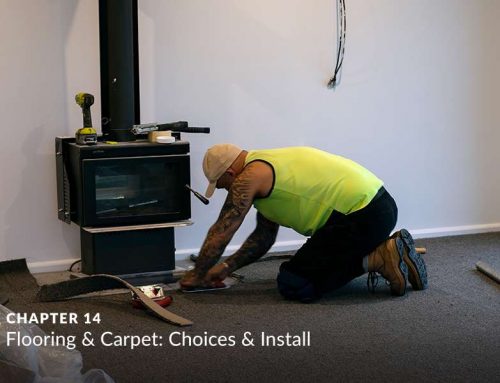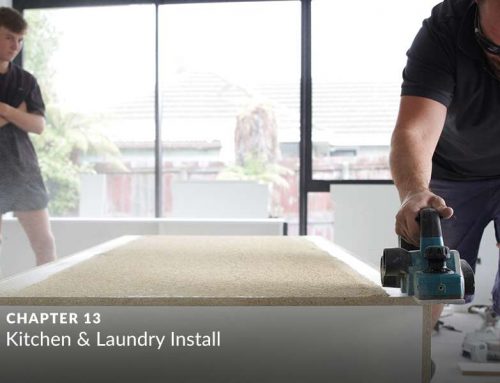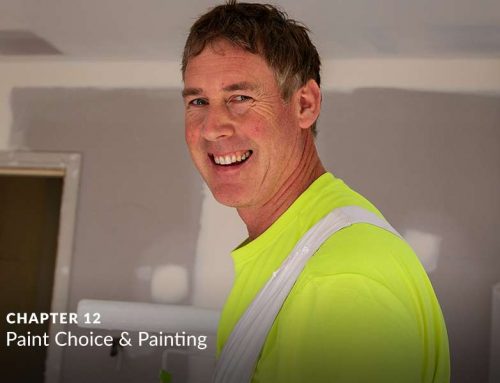In this series, we follow a Christchurch couple in their bid to turn their 1960’s fixer-upper, from a retro rental to a modern home.
If you’ve ever considered buying an older home but have lacked the confidence to tackle something totally outdated, this guide is for you. It’s a whole lot of fun, and not as hard (or anywhere near as risky) as you might imagine.
In the previous chapter, we met electrician Justin, who consulted with Jeremy and Alana to design a functional electrical layout for their renovated home.
With the house gutted, as well as being the time for wiring, it was also the time to hone in the kitchen design details.
Being keen foodies, and believers in the kitchen being the heart of the home, Jeremy and Alana wanted a clean, open space where food, chatter and energetic cooking expression could freely flow!
What was your vision for the kitchen?
With their home gutted, and the available space ready to be developed into the kitchen of their dreams, Jeremy and Alana had the task of envisioning how that dream kitchen might fit. We discuss inspiration, features and layouts considered.
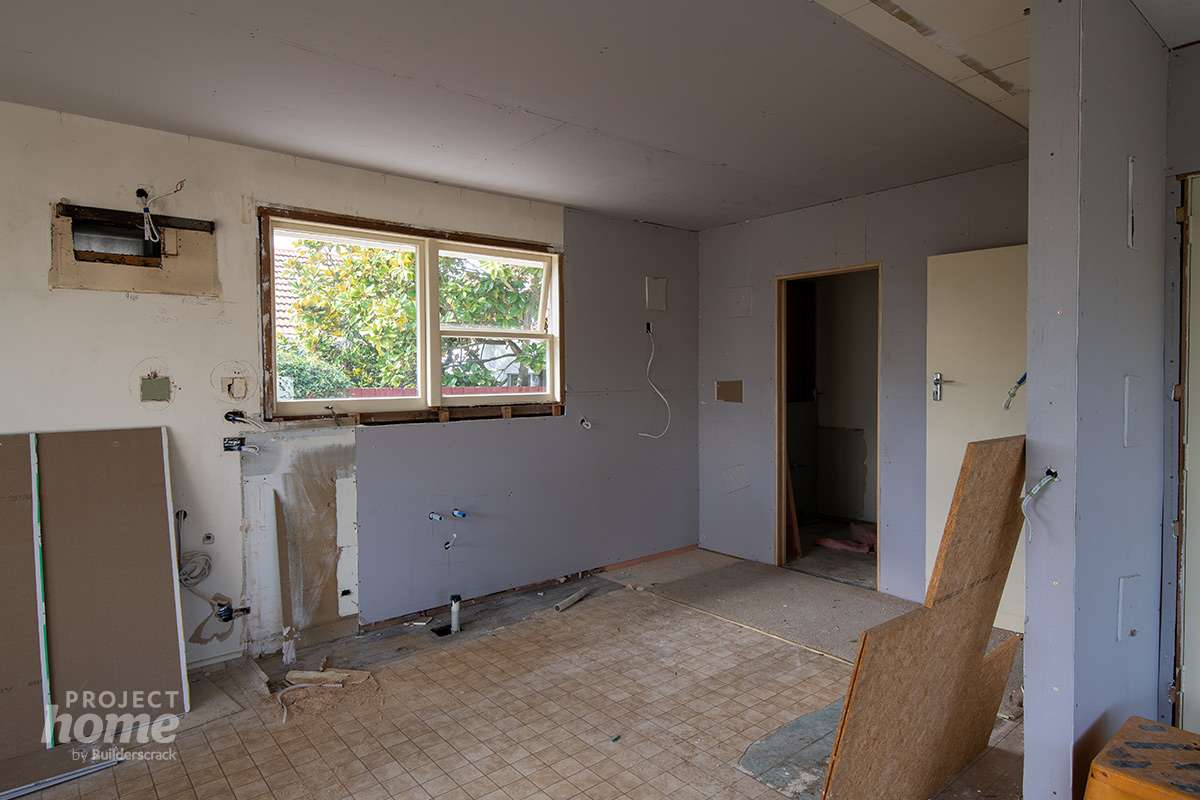
That sounds like a big goal! No one likes doing the dishes right? How did you realise your vision?
With some big expectations on the kitchen design, it was time to begin the process of taking their vision and developing a kitchen layout – as well as considering materials and colours.
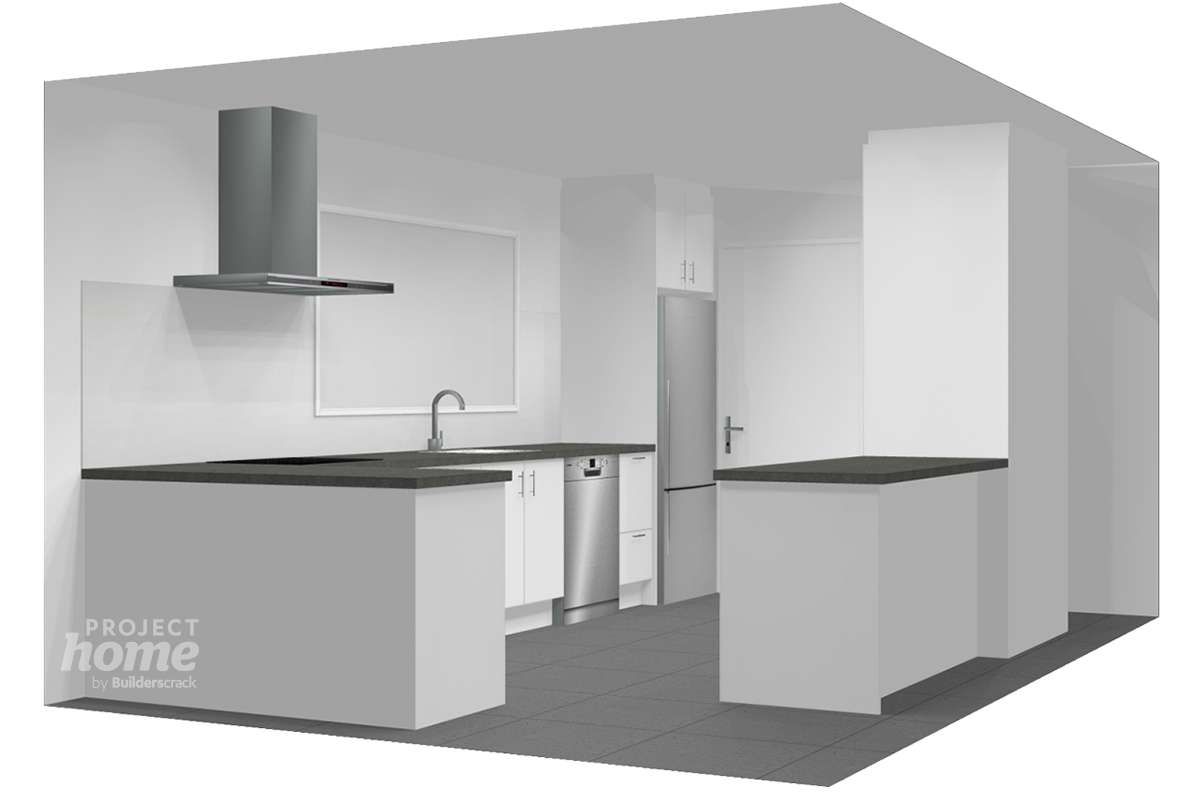

Did you consider using a flatpack system? How many designers did you engage?
With a clear vision and rough layout in mind, Jeremy and Alana engaged kitchen designers to take their ideas and turn them into something real.
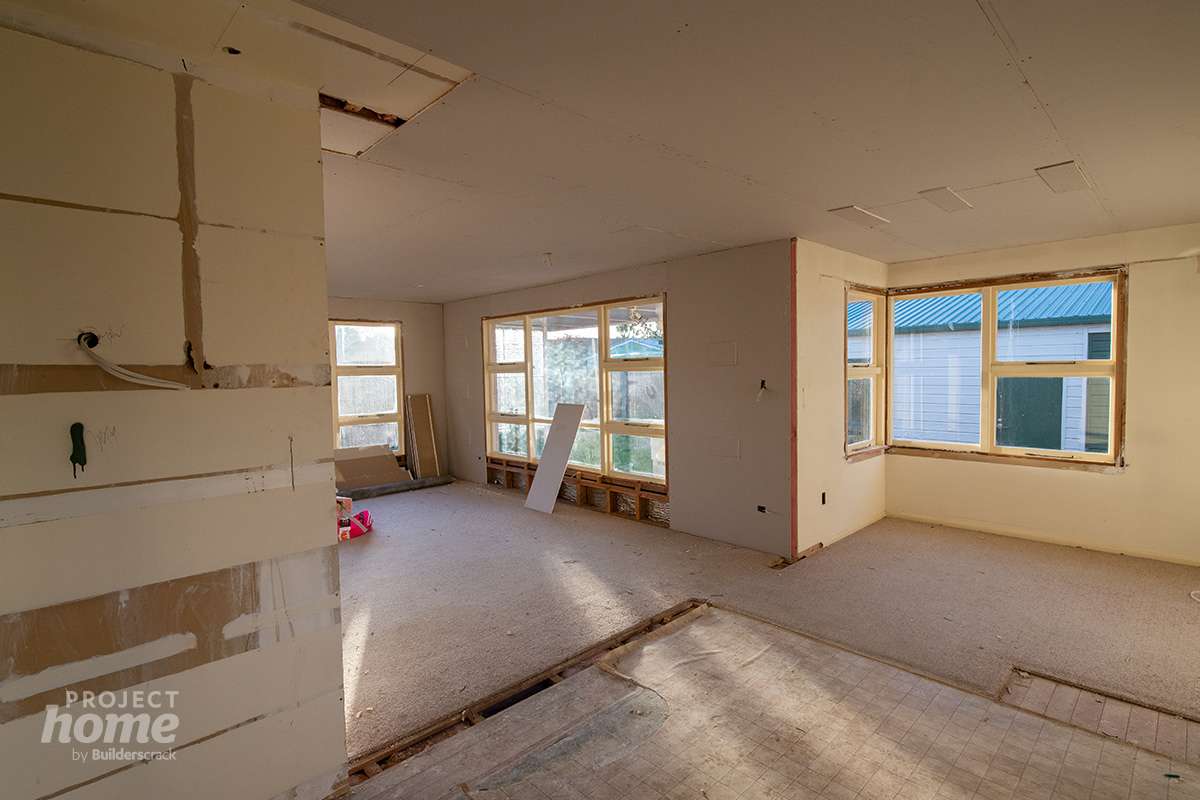
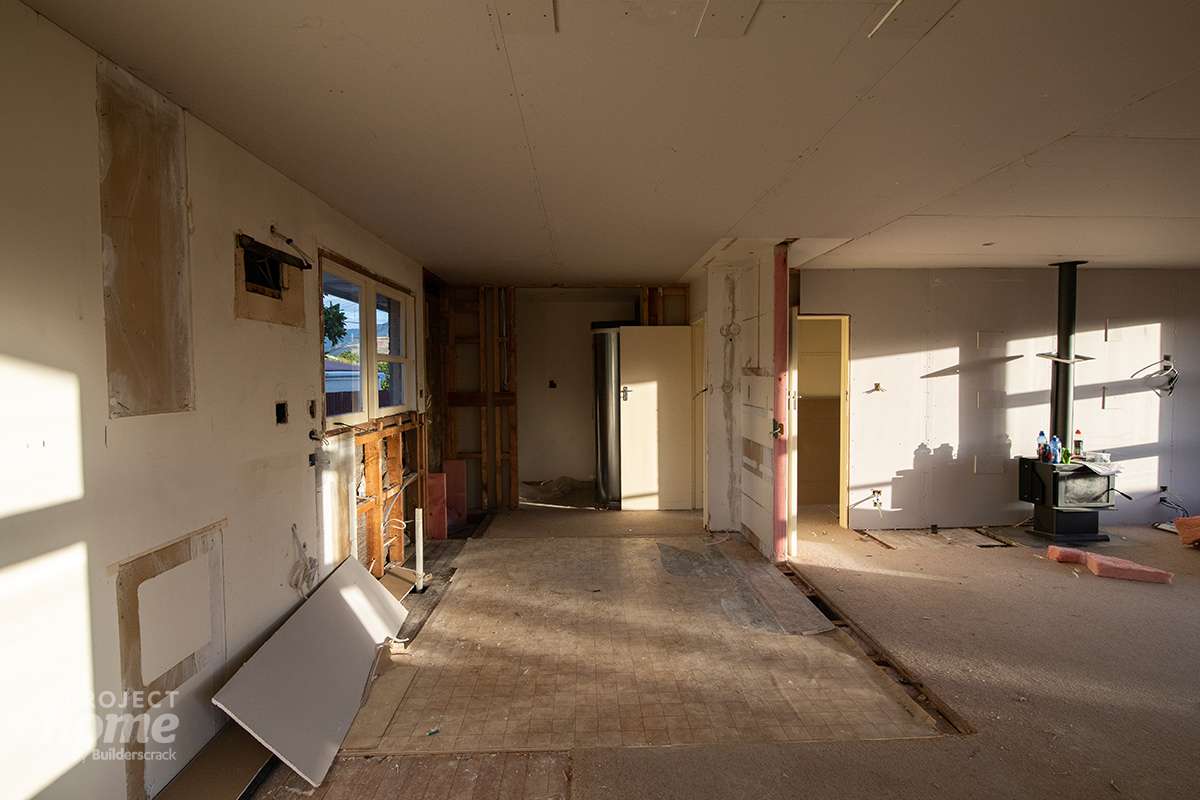

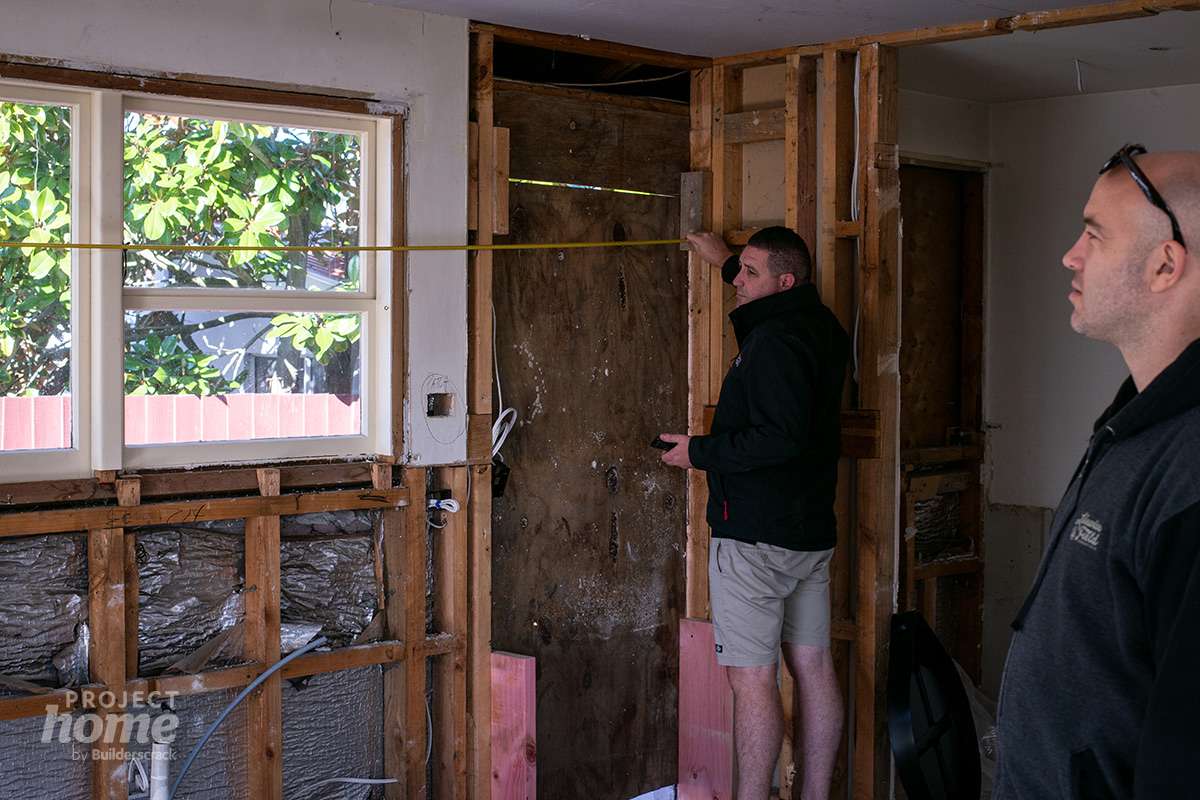
Who did you choose and why?
With three kitchen designers/makers engaged, the consultation complete and initial layout plans and costings in hand – it was time to choose who they’d work with to refine the design and move forward with the manufacture.
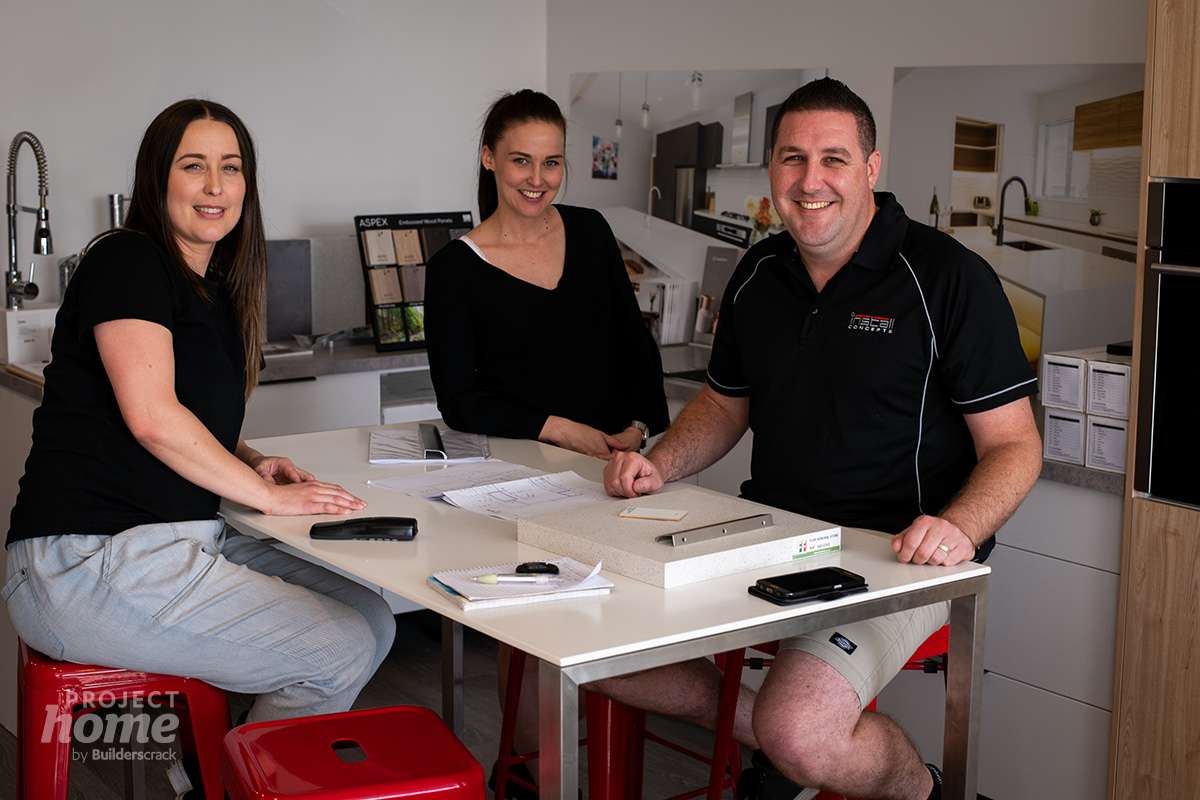
Tell us a bit about the laundry
This totally under-rated room was getting a much needed makeover too. Jeremy and Alana envisioned it as an extension of the kitchen in some ways, as well as a place to efficiently manage washing. But it was Glen who brought the ideas for how to really make the space pop.
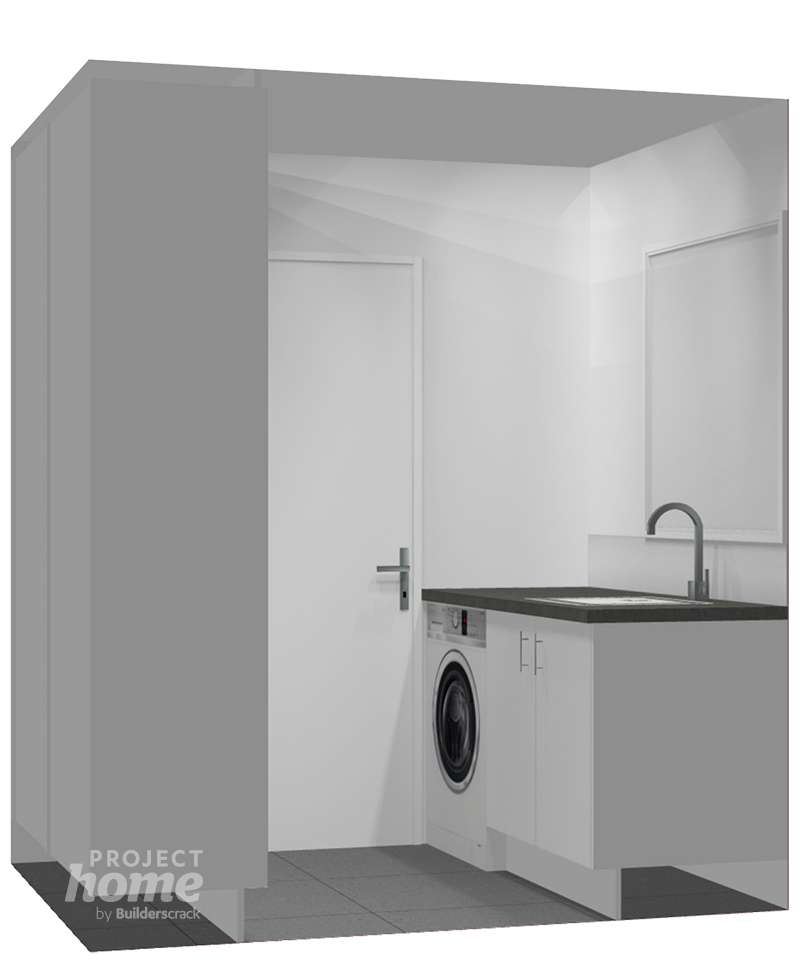
What was the process from here?
Jeremy and Alana were working with Kitchen Concepts to build their dream kitchen (and laundry). The measurements had been taken, the details specified and it was ready to move forward with the manufacture.

